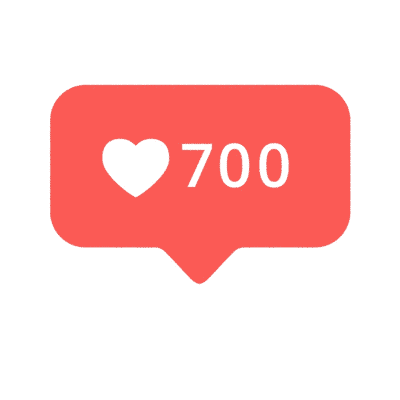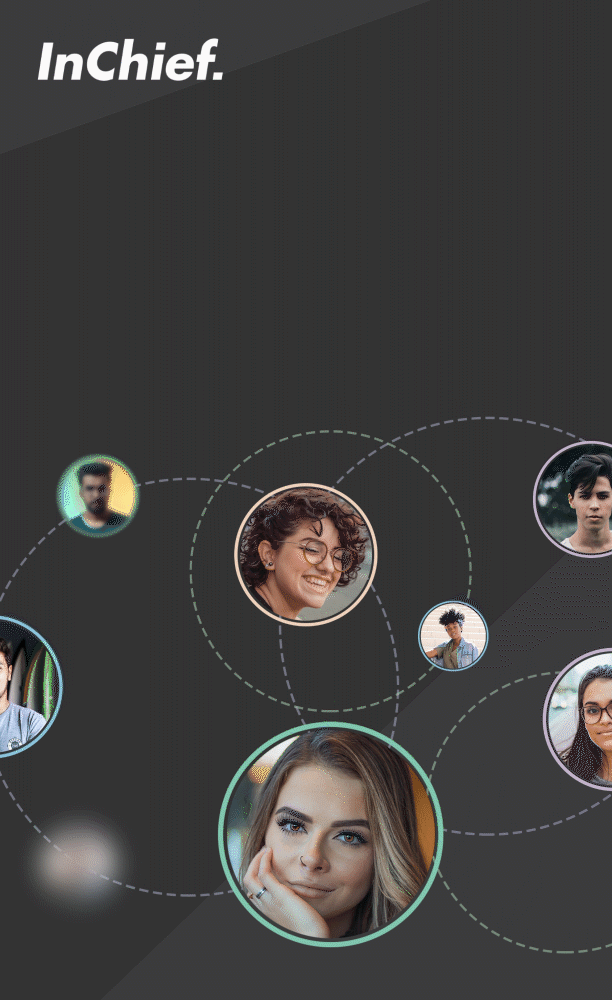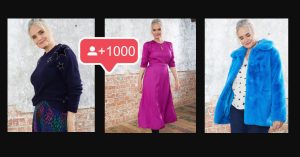Algorithms only do so much, the rest is up to the creator
Whether you’re a magazine publisher on Facebook, a magician on TikTok or a travel blogger on Instagram, everyone on every social platform always seems to be on the hunt for the current ‘hacks’ or ‘algorithm work around’ or ‘ways to beat the system and boost your visibility in 5 easy steps!’ to grow their audience.
Of course, platforms have algorithms – your sodding kettle probably has an algorithm these days – and yes there are certain things the algorithm will prioritise depending on the platform, but above all, algorithms prioritise content that keeps people on and interacting with their platform. Yes, there are best times to post depending when your audience is online, but if your content isn’t captivating then all the scheduling science and algorithm analysis in the world isn’t going to do much for ya.
Algorithms will always change as platforms grow and evolve. It’s the nature of them, and the nature of content. If your content stays exactly the same and doesn’t change or react to how the world and your audience are changing, your engagement will drop and it won’t be the fault of the platform, it’ll be the fault of you. Sorry babes.
Any platform’s algorithm will always prioritise platform engagement, it’s just which exact type of engagement is their new shiny thing that changes. This could be ‘time spent on platform’ watching videos (hi Facebook update 2015), sharing and saving in any form, commenting, liking or favouriting – basically any way you can interact with a piece of content counts. If you get scrolled past without being sent to a mate or double tapped… owch.
I’ve spent a decade working in digital media and attended countless Digital Media Summit type conferences where companies trot out their Chief Marketing Officers to performatively present how their company has ‘hacked social media’ or ‘ExPloDeD their revenue in just two clicks’, and the message at these stale-coffee-breath events is always the same: “content is king”. Yeah, it’s an annoying way of phrasing it, but it ultimately means that you can have whatever you like on your shiny PowerPoint, but if you don’t have good content that means something to people then you might as well not bother.
What is content that means something?
The internet is full of show offs. Content that means something to people tends to have either an emotional or intellectual impact, and people will share and spread the content that makes them look better for having consumed it. This counts for worthy LinkedIn posts as much as it does hilarious TikTok challenges or memes on Instagram. If your content provokes an emotional reaction, provides new information or is a conversation starter, you’re on the right track.
Being reactive to the lives, news cycle and interests of your audience is essential. The internet is constantly changing, and if you stay exactly the same then your audience will move on to somewhere that kept up.
We’ve seen so many accounts have a community come together over shared joys and experiences (hello pandemic) – think about what is happening with your audience in the moment and what they’ll want to see. How are they feeling right now? If there’s nothing significant happening that’s relevant to you, what do you already know they love and what can you do to bring your personal touch to it? Surprise them, give them what you know they wanted before they knew they wanted it in the first place.
Well this is where the science bits can come in, and also… just your common sense. Every platform has in-depth analytics, and InChief has its own snazzy F.I.T.T.Y Index combining your analytics from five (5!) platforms all in one place. Knowing what to look at in your engagement analysis will help you influence what you should be posting to keep your audience happy – but I can’t stress the word INFLUENCE enough. It shouldn’t be the only guidance you have – if it was then every platform in the world would be posting Kylie Jenner bikini stories because of their engagement potential, and no other content would exist. Even compared to how life is going in 2020, that’s a weird world to imagine.
How do you know what they want, though?
Formatting is a huge part of trying to make your content more appealing. If you’re trying to gain a following around a certain subject, but you get more engagement when you post something off-topic, think about how that post is framed: do you adopt a different tone of voice, use different imagery style or package it in a different way? Try applying those key aspects to the content you’re not getting dream engagements from, and pay attention to how your audience reacts.
Everyone’s analytics at a glance won’t show the full picture. Yeah, even the ‘total engagements’ or ‘total views’ doesn’t tell you everything. If you’re trying to turn your content creation into a viable revenue stream, then you likely have an audience in mind which you’d ideally like to target. Segment your data and segment it hard. Just because 10,000 people shared your post doesn’t mean it was a smash hit with your intended audience – how many people from a certain location shared it? Or clicked on the URL? Perhaps you had a huge spike on your website when you posted a particular story – but was that being enjoyed, or were people hate-reading it? Did your story make a good point, or actually has it caused a little outrage and offended people? Not all engagement is positive.
‘How to create engaging content’ isn’t something that can be summed up in one article, but there are a few important things to keep in mind:

- Post with purpose
This doesn’t mean ‘be Greta Thunberg’, it means figure out what you want each post to do before you pop it out there. Obviously the dream is for every post to get likes, shares, re-posts, saves, favourites, kisses, purchases and essentially have your audience licking their screens with joy – but it’s hard to get even a combination of two. Some posts are made for comments and conversation starters, some posts are naturally more likely to be shared among friends in DMs or onto WhatsApp. Some posts are published to entice users to click onto a URL – clicks and ‘reactions’ (by which I mean likes, shares etc) are two very different results and you need to shape your posts in very different ways. If you want someone to click, for example, you need to make your post enticing and not give everything away upfront. But if you want shares, you have to give your audience a feeling and not hide it behind an eye-catching headline or caption.
- Remember what makes this content YOUR content
The internet is pretty full. There are rarely any brand new ideas anymore (sorry to be a Debbie Downer) and it’s very likely that someone else is doing something very similar to what you’re doing. It’s essential to put your own identity or stamp onto everything your posting; what are you giving an audience that they’re not getting from anywhere else? We’ve seen hundreds of people do vlogs from Bali or ‘get ready with me’ videos. We can’t move for skincare reviews, TikTok challenges and beautiful photography. What makes your posts recognisable as yours, and not blend into the rest of the noise? Do you have a vantage point on a subject or exclusive insight that won’t have been seen elsewhere? Establish what makes you YOU, and use that as your unique superpower.
To me, being obsessed with your data, analytics and engagements is the only way to get a real sense of your audience, while having a unique point of view and tone of voice is the only way to get an audience in the first place. What to look for in your data will depend on exactly what you’re trying to achieve, and here at InChief we’re hoping to give you all the tools and knowledge to set you up for success. Knowing your specific audience and what makes them tick, though, is down to you.






